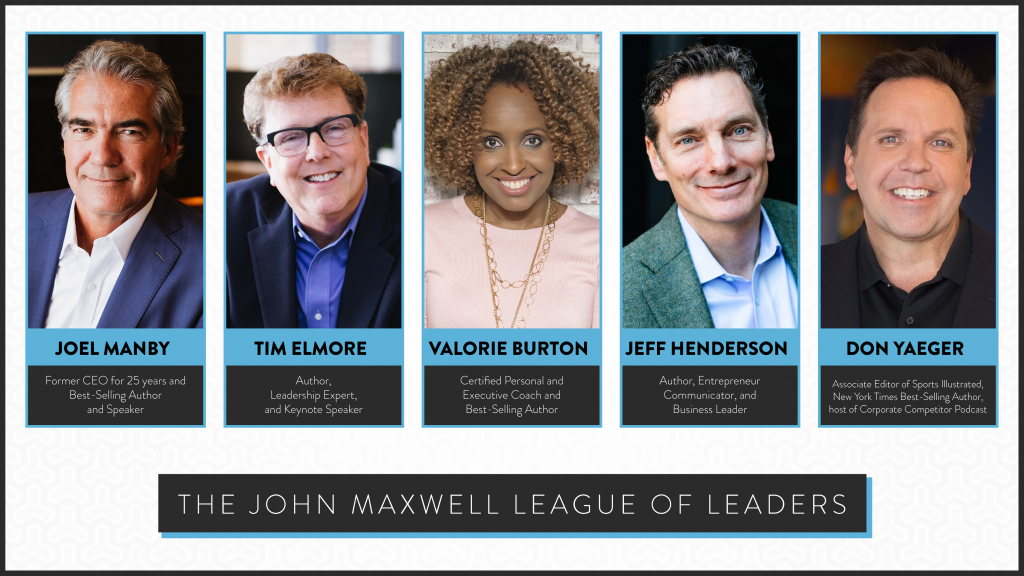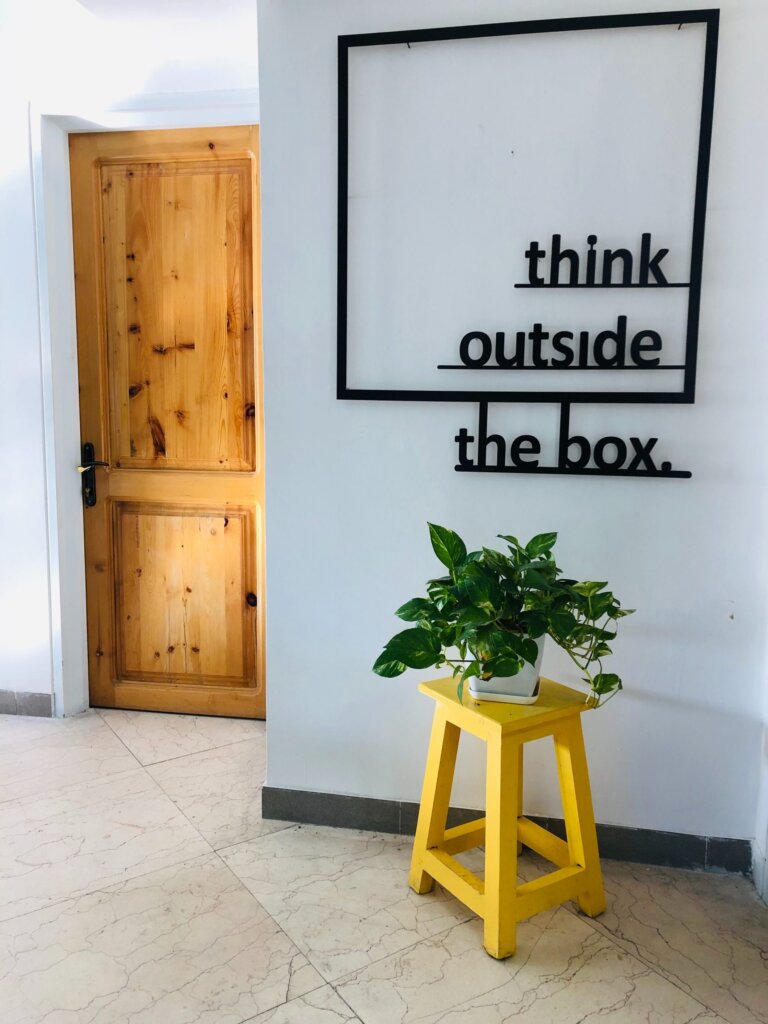5 Ways to Build Your Creative Problem-Solving Skills

In December 2018, LinkedIn Learning leveraged the power of their Economic Graph to determine the most important soft skill in the working world. And more than growth, more than communication, more than efficiency, do you know what came out on top?
One billion members, millions of companies, all pointing to one conclusion: creativity – solving problems effectively and in a novel way – is the most in-demand skill in the corporate sphere. And that was just over four years ago, before the pandemic forced the world’s organizations to make dramatic changes on a dime and adaptation was thrust to the forefront of every business plan. Today, a creative approach to problem solving has become more relevant than ever.
But even more than a professional skill, creativity is an invaluable skill to leverage in our personal lives. Life and its problems come at us fast, and creativity helps us see every option for tackling them.
Practicing and Protecting Creativity Daily
If you don’t consider yourself a creative person, take heart – creativity is a skill that you can learn! And if you do have that skill already, these five creativity-boosting practices will help you master it.
1. REMOVE CREATIVITY KILLERS.
Economics professor and humor author Stephen Leacock said, “Personally, I would sooner have written Alice in Wonderland than the whole Encyclopedia Britannica.” He valued the warmth of creativity over cold facts. Knowledge is helpful, but only in a framework that helps us apply it creatively. And we can only build that framework if we nurture our creative ideas by getting rid of creativity-killing thoughts.
Recall the last time you had an out-of-the-box idea. Did you dismiss it with any of these thoughts?
- “That’s not how I do things.”
- “Be practical.”
- “Don’t be ridiculous.”
- “That’s not logical.”
- “What would he/she say if we did it this way?”
- “It’s too much work.”
- “I tried that before.”
- “I’ve never tried that before.”
These thoughts cut off your creative solutions and ideas before they can fully develop. If you think you have a great idea, don’t let anyone talk you out of it, even if it sounds foolish. After all, you can’t do something new and exciting if you force yourself to stay in the same old rut. Don’t just work harder at the same old thing. Make a change.
2. THINK CREATIVELY BY ASKING THE RIGHT QUESTIONS.
Creativity is largely a matter of asking the right questions. Management trainer Sir Antony Jay said, “The uncreative mind can spot wrong answers, but it takes a creative mind to spot wrong questions.” Wrong questions shut down the process of creative thinking. They direct thinkers down the same old path, or they chide them into believing that thinking isn’t necessary at all. To stimulate creative thinking, ask yourself questions such as…
- Why must it be done this way?
- What is the root problem?
- What are the underlying issues?
- What does this remind me of?
- What is the opposite?
- What metaphor or symbol helps to explain it?
- Why is it important?
- What’s the hardest or most expensive way to do it?
- Who has a different perspective on this?
- What happens if we don’t do it at all?
Physicist Tom Hirschfield observed, “If you don’t ask, ‘Why this?’ often enough, somebody will ask, ‘Why you?’” If you want to think creatively, you must ask good questions. You must challenge the process.
3. DEVELOP OR SEEK OUT A CREATIVE ENVIRONMENT.
Charlie Brower said, “A new idea is delicate. It can be killed by a sneer or a yawn; it can be stabbed to death by a quip and worried to death by a frown on the right man’s brow.” Negative environments kill thousands of great ideas every minute.
A creative environment, on the other hand, becomes like a greenhouse where ideas get seeded, sprout up, and flourish. A creative environment:
- Places a high value on trust among members and individuality. Creativity always risks failure, so trust is important to creative people. Trust comes from collaboration and credibility.
- Embraces those who are creative. Creative people celebrate the offbeat, and a creative environment accepts and encourages creativity.
- Focuses on innovation, not just invention. Sam Weston, creator of GI Joe, said, “Truly groundbreaking ideas are rare, but you don’t necessarily need one to make a career out of creativity. My definition of creativity is the logical combination of two or more existing elements that result in a new concept. The best way to make a living with your imagination is to develop innovative applications, not imagine completely new concepts.”
- Is willing to let people go outside the lines. Most limitations we face are not imposed on us by others; we place them on ourselves. Lack of creativity often falls into that category. If you want to be more creative, challenge boundaries.
- Appreciates the power of a dream. A creative environment encourages the use of a blank sheet of paper and the question, “If we could draw a picture of what we want to accomplish, what would that look like?”
The more creativity-friendly you can make your environment, the more potential it has to become creative.
4. SPEND TIME WITH OTHER CREATIVE PEOPLE.
Sometimes we are limited in our ability to impact our environment. What if the place you work has an environment hostile to creativity, and you possess little ability to change it? One possibility is to change jobs. But what if you desire to keep working there despite the negative environment? Your best option is to find a way to spend time with other creative people.
Creativity is contagious. Have you ever noticed what happens during a good brainstorming session? One person throws out an idea. Another person uses it as a springboard to discover another idea. Someone else takes it in yet another, even better direction. Then somebody grabs hold of it and takes it to a whole new level. The interplay of ideas can be electric.
It’s a fact that you begin to think like the people you spend a lot of time with. The more time you can spend with creative people engaging in creative activities, the more creative you will become.
5. GET OUT OF YOUR BOX.
Actress Katharine Hepburn remarked, “If you obey all the rules… you will miss all the fun.” Many rules are in place to protect us, but some of our limitations are self-imposed. Creative thinkers must repeatedly break out of the “box” of their own history and personal restrictions in order to experience creative breakthroughs.
The most effective way to help yourself get out of the box is to expose yourself to new paradigms. Explore other cultures; read the works of people with different perspectives or backgrounds from yourself. If you want to break out of your own box, get into somebody’s else’s. You improve your capacity to see things differently.
Many people mistakenly believe that if individuals aren’t born with creativity, they will never be creative. But you can see from the many strategies and examples I’ve given that creativity can be cultivated in the right supportive environment.
What are you creating in the new year?
Are you ready to chart your own course, at the helm of your own business? When you become a Maxwell Leadership Certified Team member, you are 100% in control of your own business, earning income on your own terms… it pays to be the boss! And you won’t be doing it alone. You’ll be a part of a global community of Maxwell Leadership entrepreneurs led by our expert team of mentors and faculty, including John C. Maxwell. You’ll have access to the people, tools and resources you need to build a thriving leadership development business. Click here and book a call with one of our program advisors today to talk about your becoming Maxwell certified!
More Articles

Do I Believe The Best In Others?

BIG ANNOUNCEMENT!









Be the first to comment on "5 Ways to Build Your Creative Problem-Solving Skills"